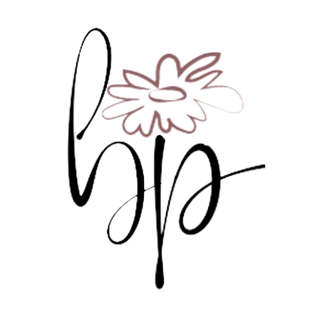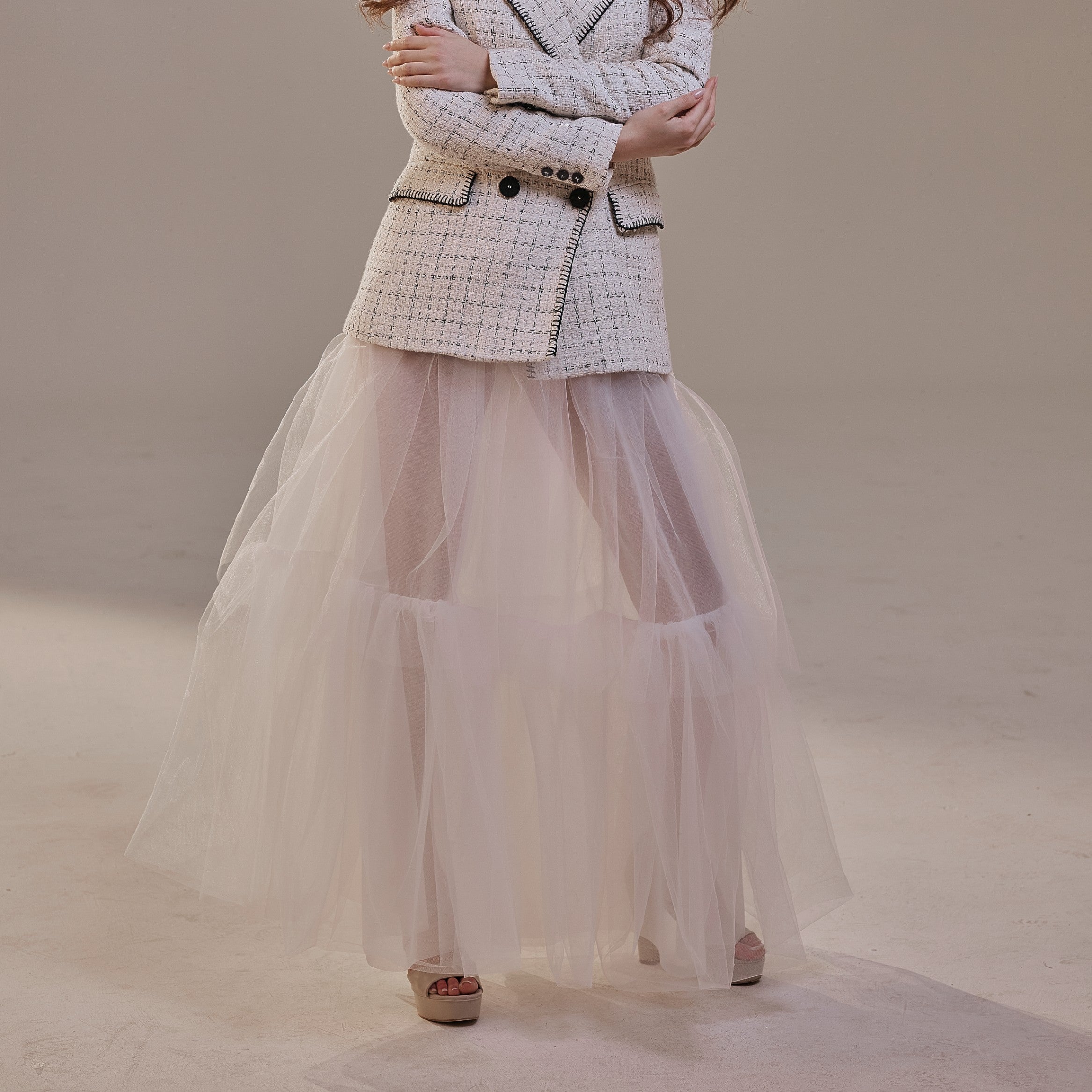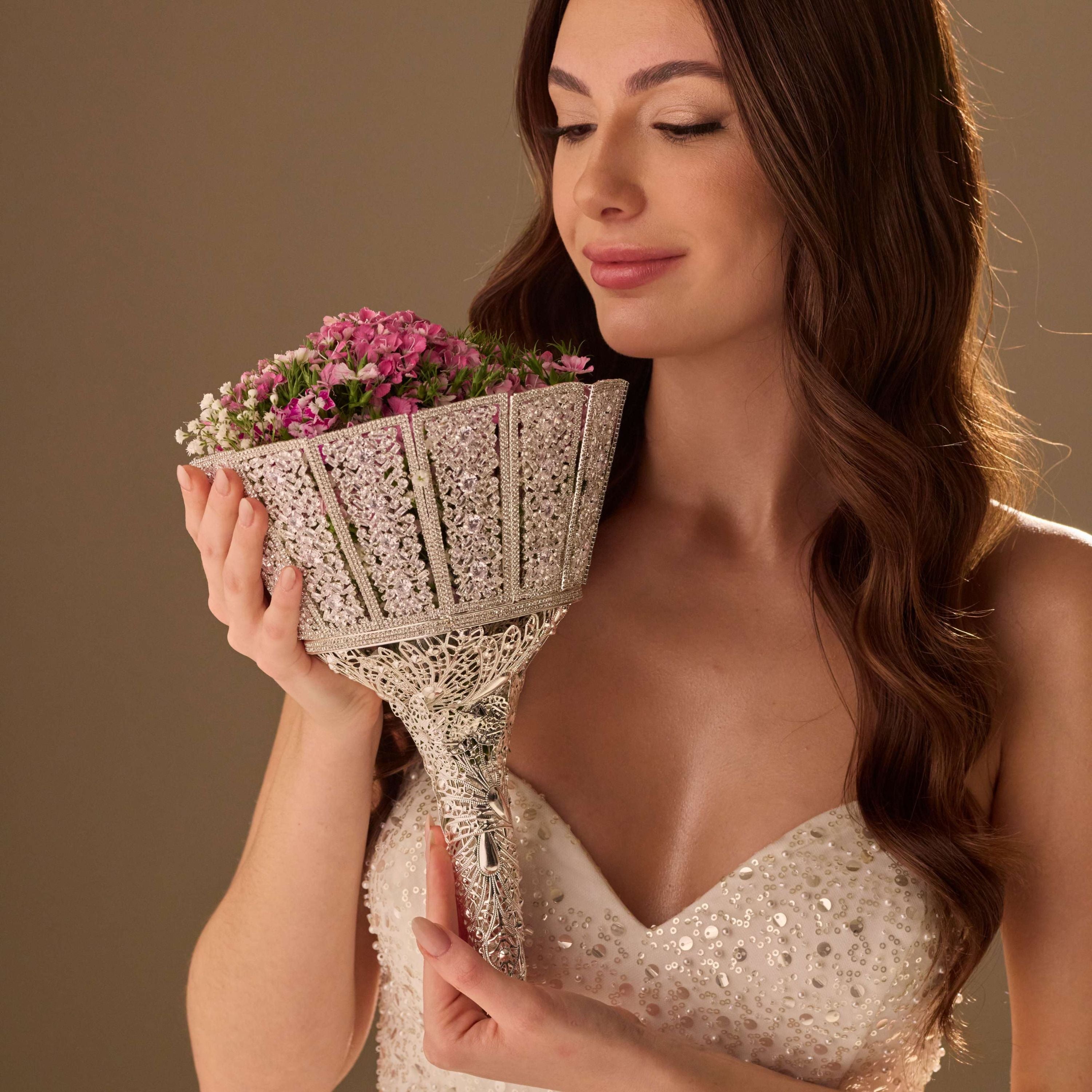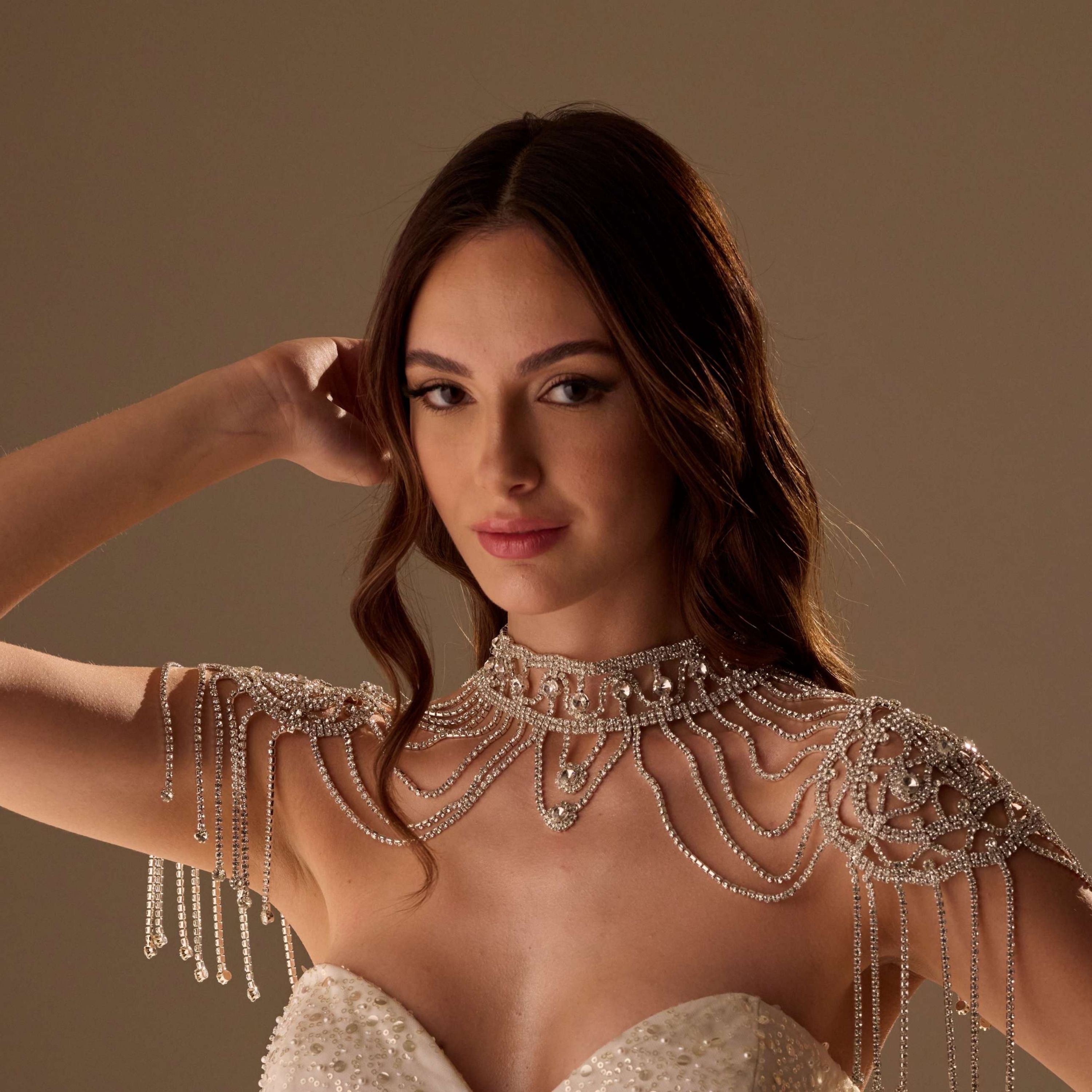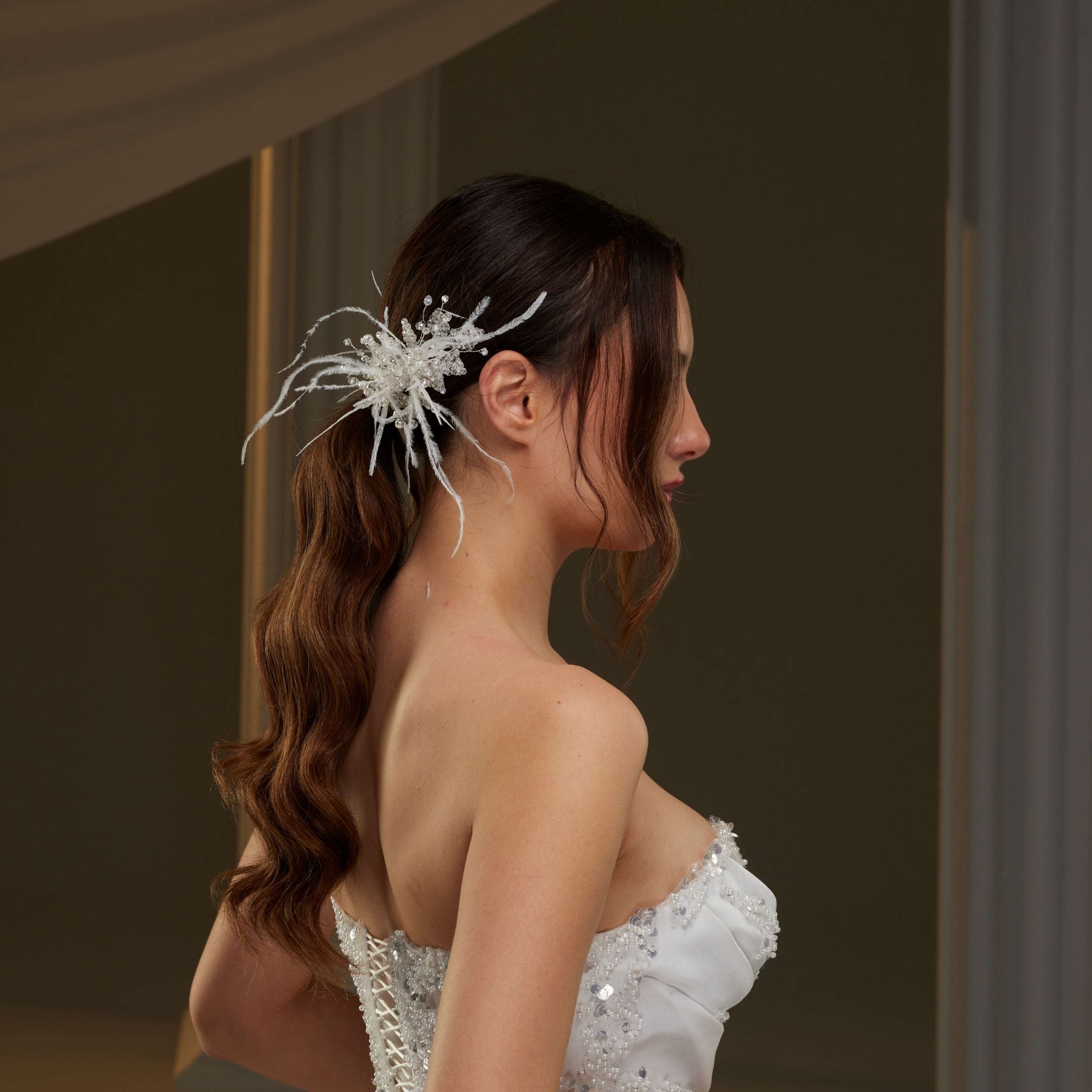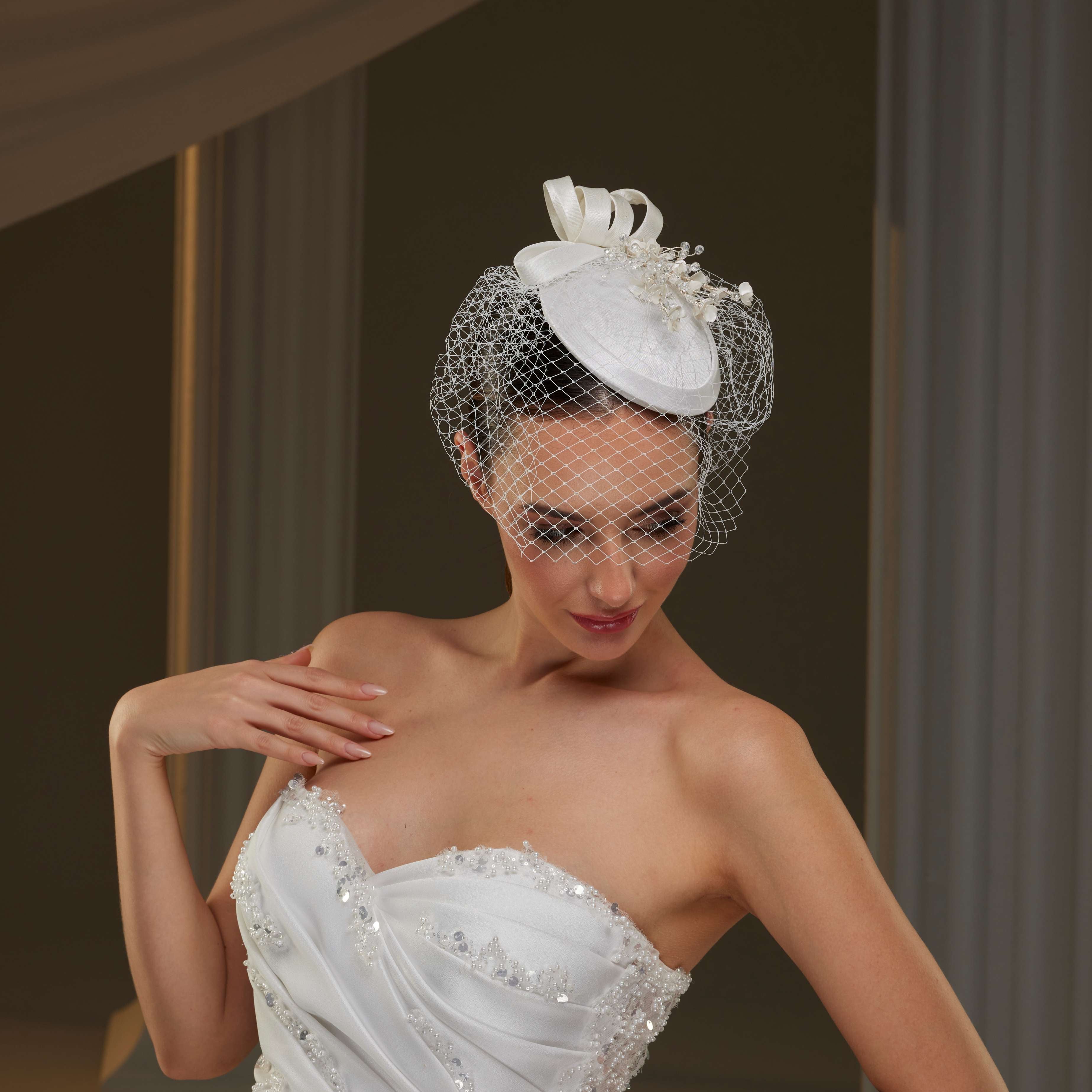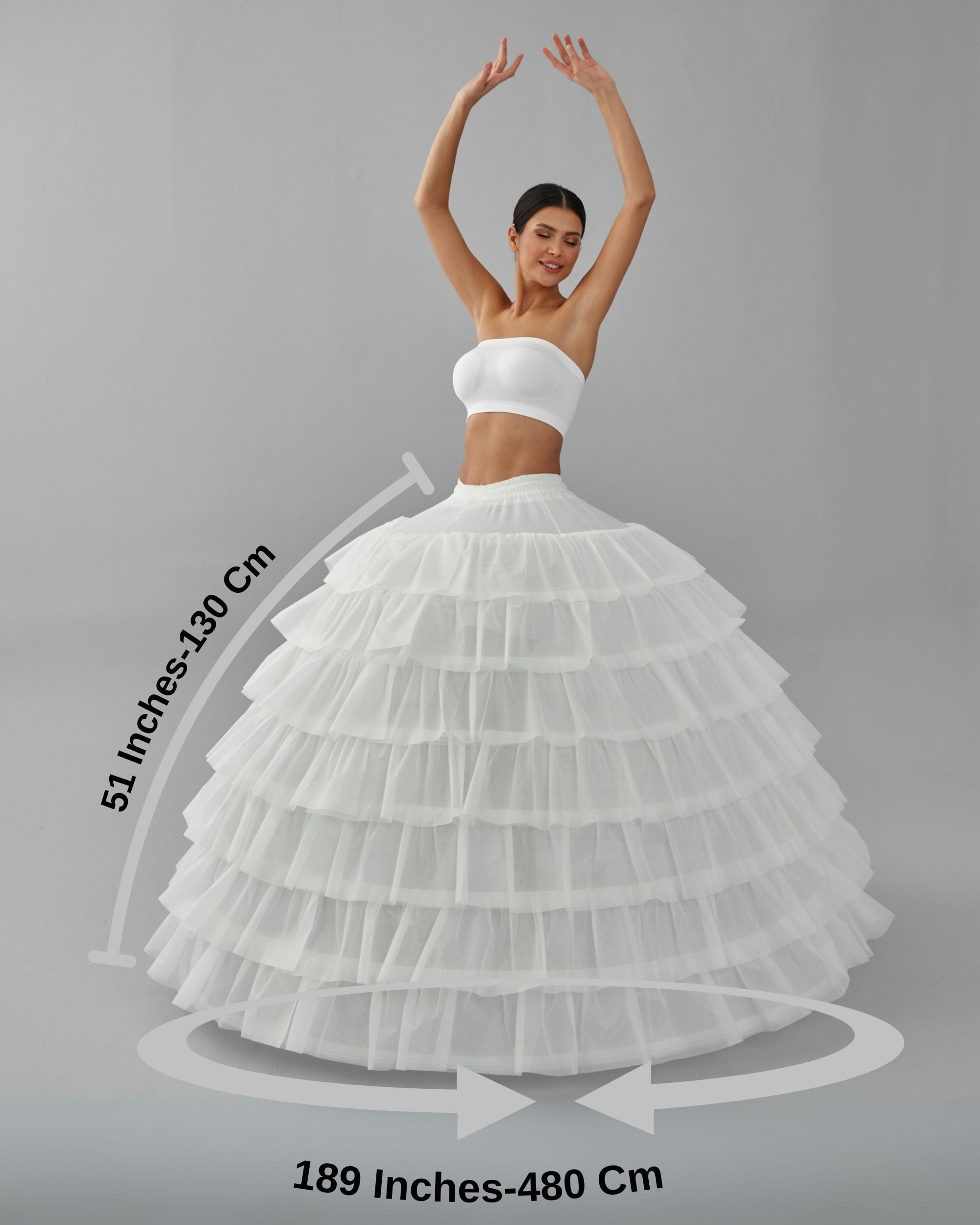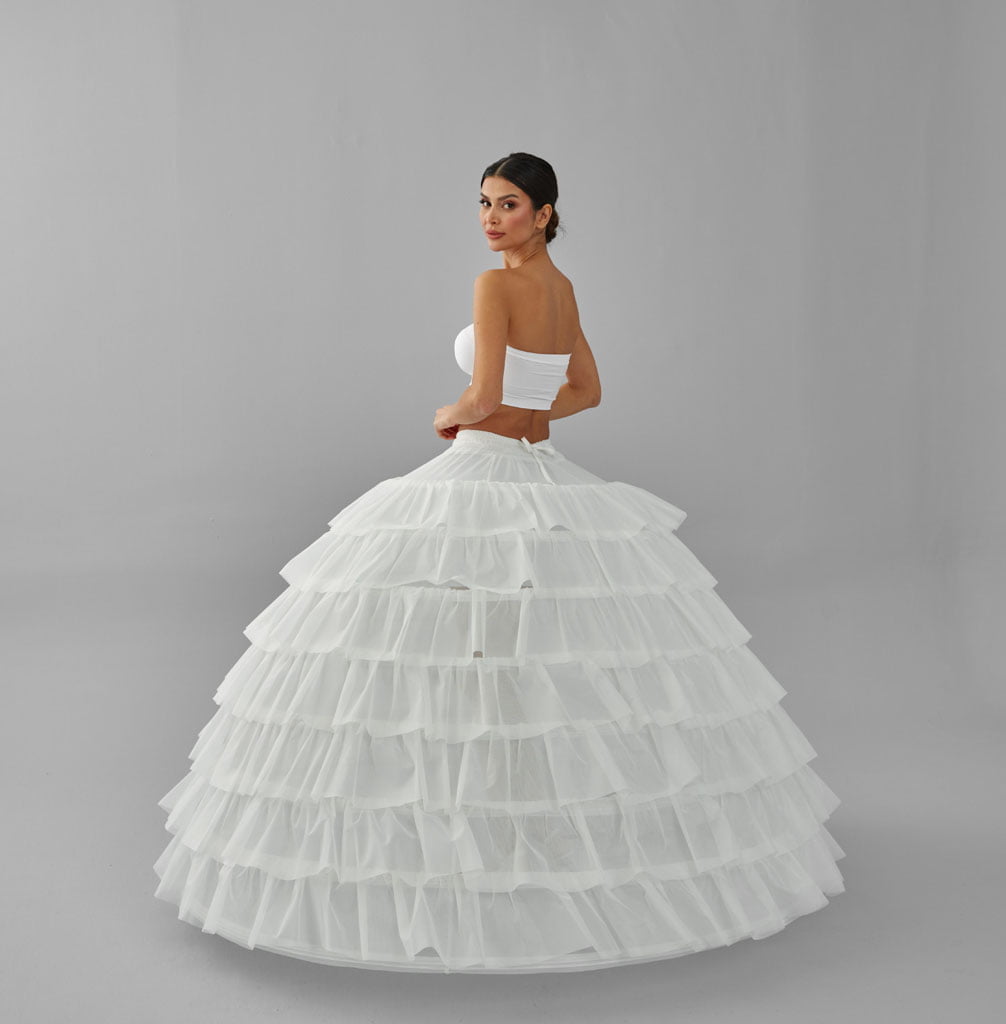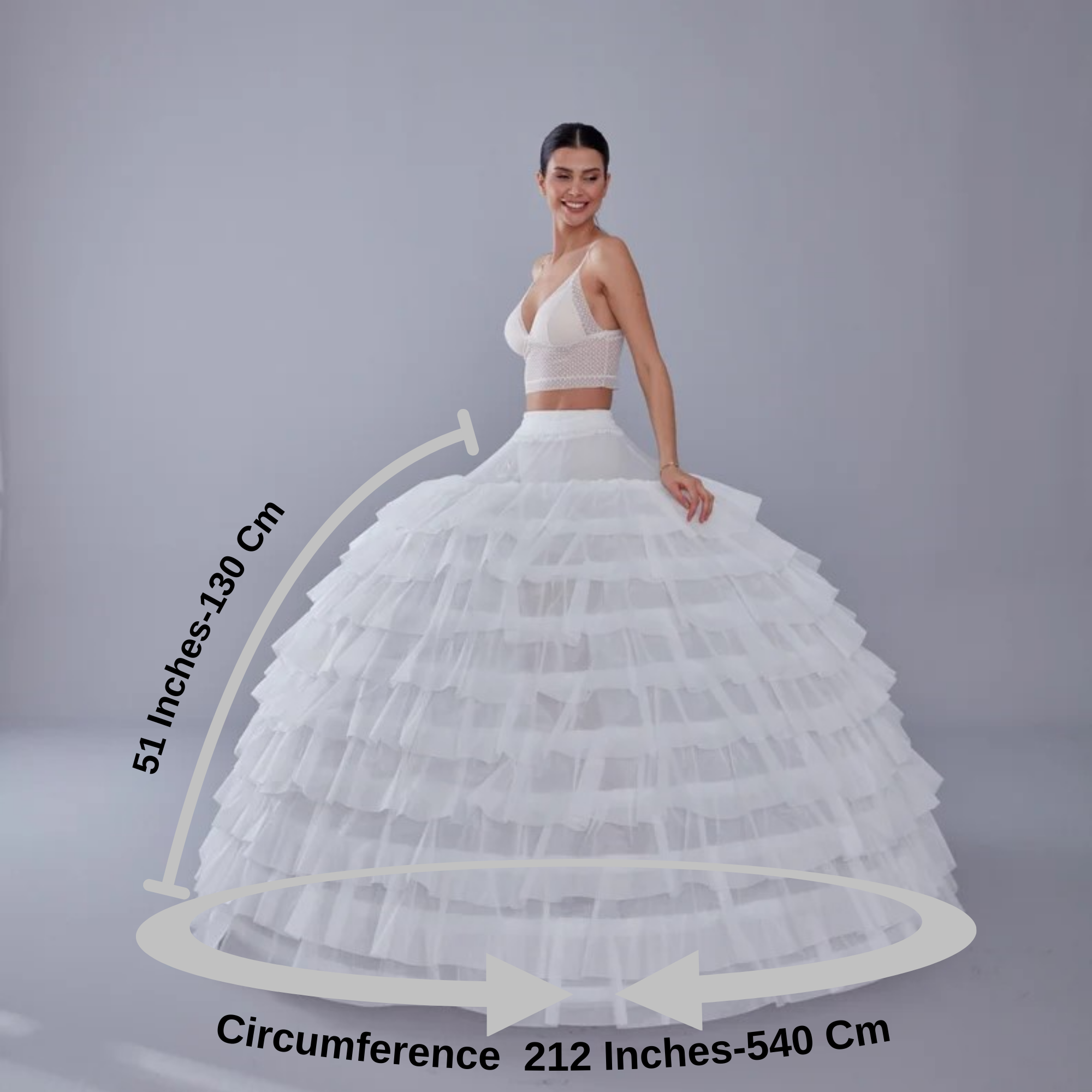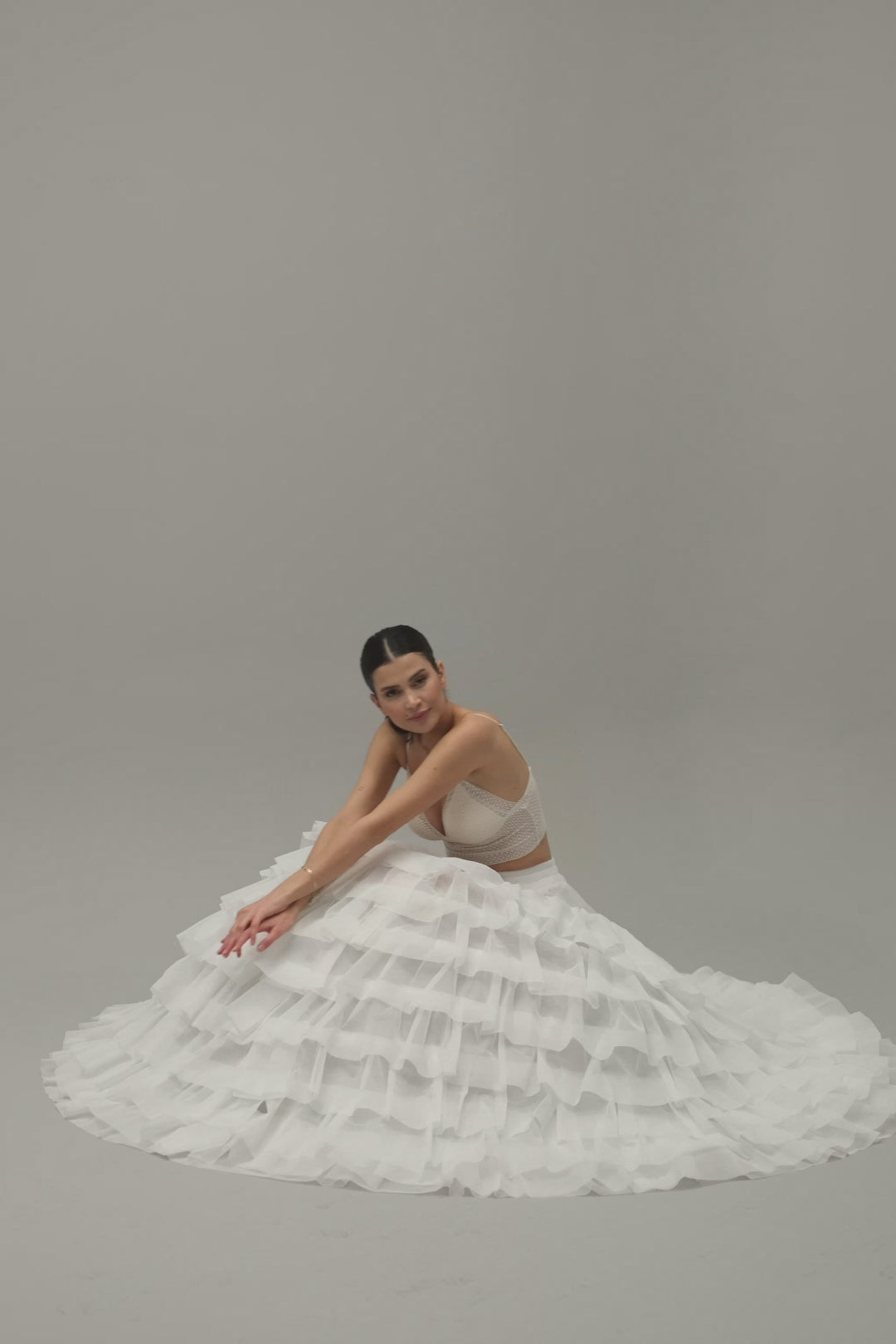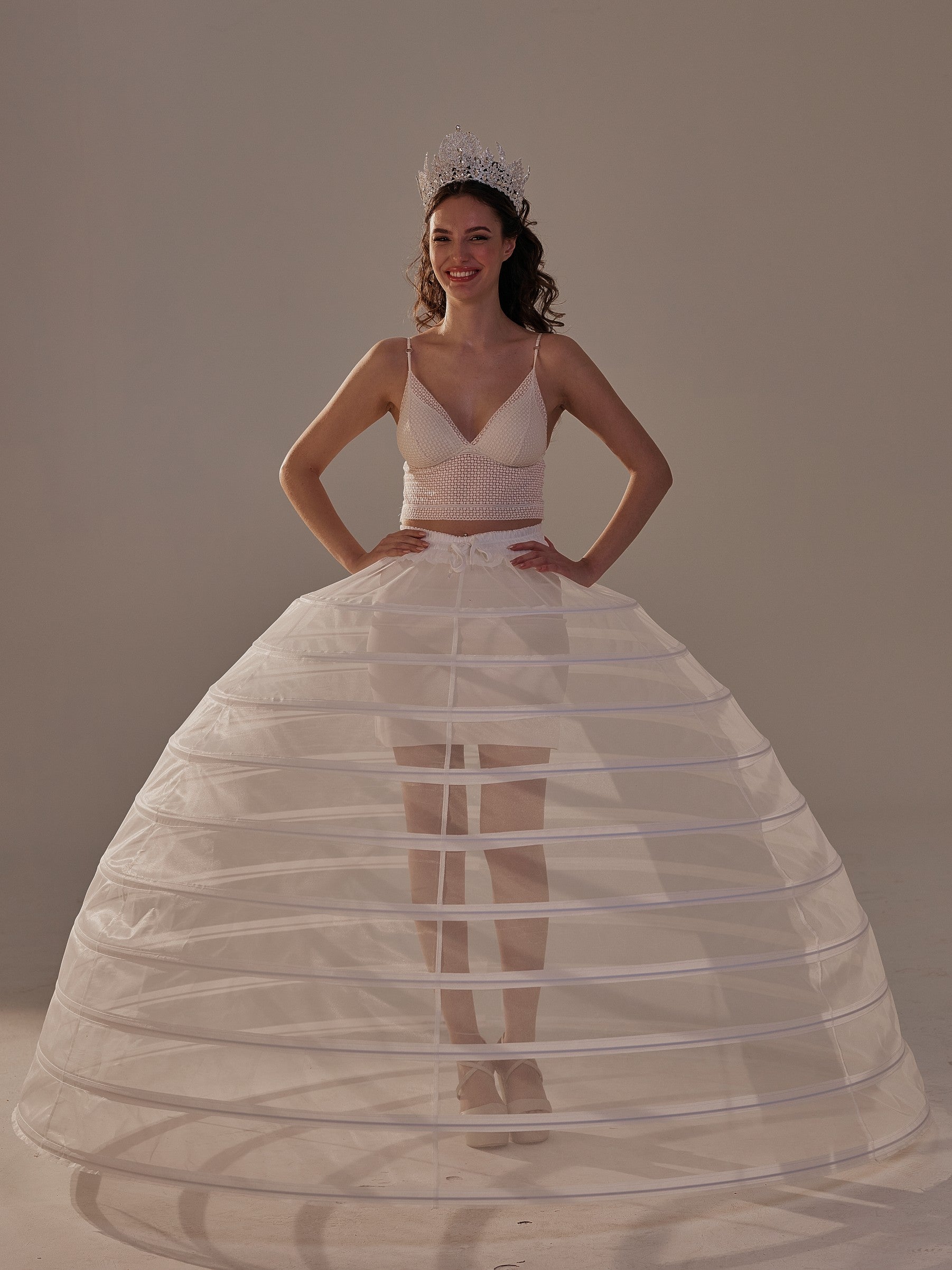
Exploring Wedding Traditions: A Journey Through Time and Culture
Weddings are universal celebrations, yet they are steeped in diverse traditions that reflect the rich tapestry of cultures around the world. These customs, passed down through generations, are not just ceremonial; they carry deep meanings and symbolize the values and beliefs of different societies. In this article, we’ll explore some of the most fascinating wedding traditions from various cultures and the significance behind them.
1. The White Wedding Dress: A Symbol of Purity
The tradition of wearing a white wedding dress, popularized by Queen Victoria in the 19th century, is now a global symbol of purity and innocence. Before Victoria's influence, brides typically wore their best dresses, regardless of color. Today, the white gown remains a cherished symbol of a bride's new beginning and her hopes for a bright future.

2. The Exchange of Rings: A Circle of Eternity
The exchange of rings is a time-honored tradition that dates back to ancient Egypt, where the circle was seen as a symbol of eternity. The ring’s endless loop represents a love without end, and placing it on the fourth finger of the left hand, believed to be connected directly to the heart, signifies a deep, unbreakable bond.
3. Jumping the Broom: A Leap into Matrimony
A tradition rooted in African American history, “jumping the broom” originated during the times of slavery when slaves were not allowed to legally marry. The act of jumping over a broom together symbolized the couple’s commitment and their leap into a new life as husband and wife. Today, it remains a powerful symbol of love and resilience in many African American weddings.
4. Breaking the Glass: A Moment of Reflection
In Jewish weddings, the groom traditionally breaks a glass underfoot, a practice that carries multiple meanings. It serves as a reminder of the destruction of the Temple in Jerusalem, the fragility of human relationships, and the commitment to stand by each other even in difficult times. The shattering of the glass often prompts guests to shout "Mazel Tov!" (Congratulations!), marking the beginning of the couple's new life together.

5. Henna Night: A Celebration of Joy and Beauty
In many Middle Eastern and South Asian cultures, the night before the wedding is dedicated to the bride’s henna ceremony. This tradition, known as Mehndi in India or Henna Night in Arab countries, involves applying intricate designs on the bride’s hands and feet using henna paste. The patterns are not only beautiful but are also believed to bring good luck and protect against evil spirits.
6. Something Old, Something New, Something Borrowed, Something Blue
This old English rhyme outlines four items a bride should carry or wear on her wedding day for good luck. "Something old" symbolizes continuity, "something new" offers optimism for the future, "something borrowed" represents borrowed happiness, and "something blue" stands for purity, love, and fidelity. Together, these items are believed to bring good fortune to the couple’s marriage.
7. The Bridal Veil: A Shield of Protection
The bridal veil has ancient origins, dating back to Roman times, where it was believed to protect the bride from evil spirits and envious gazes. In some cultures, the veil also symbolizes modesty and humility. Today, while the veil's protective symbolism has faded, it remains an iconic accessory that adds an element of mystery and tradition to the bride’s attire. Please find the perfect veil to complete your bridal look
8. Throwing Rice: A Wish for Prosperity
The tradition of throwing rice at the newlyweds as they leave the ceremony is an ancient practice meant to shower the couple with prosperity and fertility. The rice, symbolizing abundance, is a wish for the couple to have a fruitful and successful marriage. In modern times, rice is often replaced with confetti, flower petals, or even bubbles, but the sentiment remains the same.
9. The Wedding Cake: A Sweet Tradition
The wedding cake, often seen as the centerpiece of the reception, has its roots in ancient Rome, where a loaf of bread was broken over the bride’s head to symbolize fertility and good fortune. Today, the cake-cutting ceremony is a moment of unity, symbolizing the couple’s first task together as husband and wife and their commitment to sharing life’s sweetness.

10. Tossing the Bouquet: A Dash of Luck
The tradition of tossing the bridal bouquet originated in England, where it was believed that the bride’s dress and flowers carried good luck. To avoid having her dress torn by eager guests wanting a piece of that luck, the bride would toss her bouquet into the crowd. Today, the bouquet toss is a fun moment, with the belief that the person who catches it will be the next to marry.
Wedding traditions, whether grand or simple, hold a special place in the hearts of those who celebrate them. They connect us to our ancestors, our cultures, and each other, offering a sense of continuity and shared experience. While some traditions may evolve over time, their essence remains, reminding us of the timeless values of love, commitment, and community. Whether you’re planning your own wedding or attending one, understanding these customs adds depth and meaning to the celebration, making it even more memorable.
